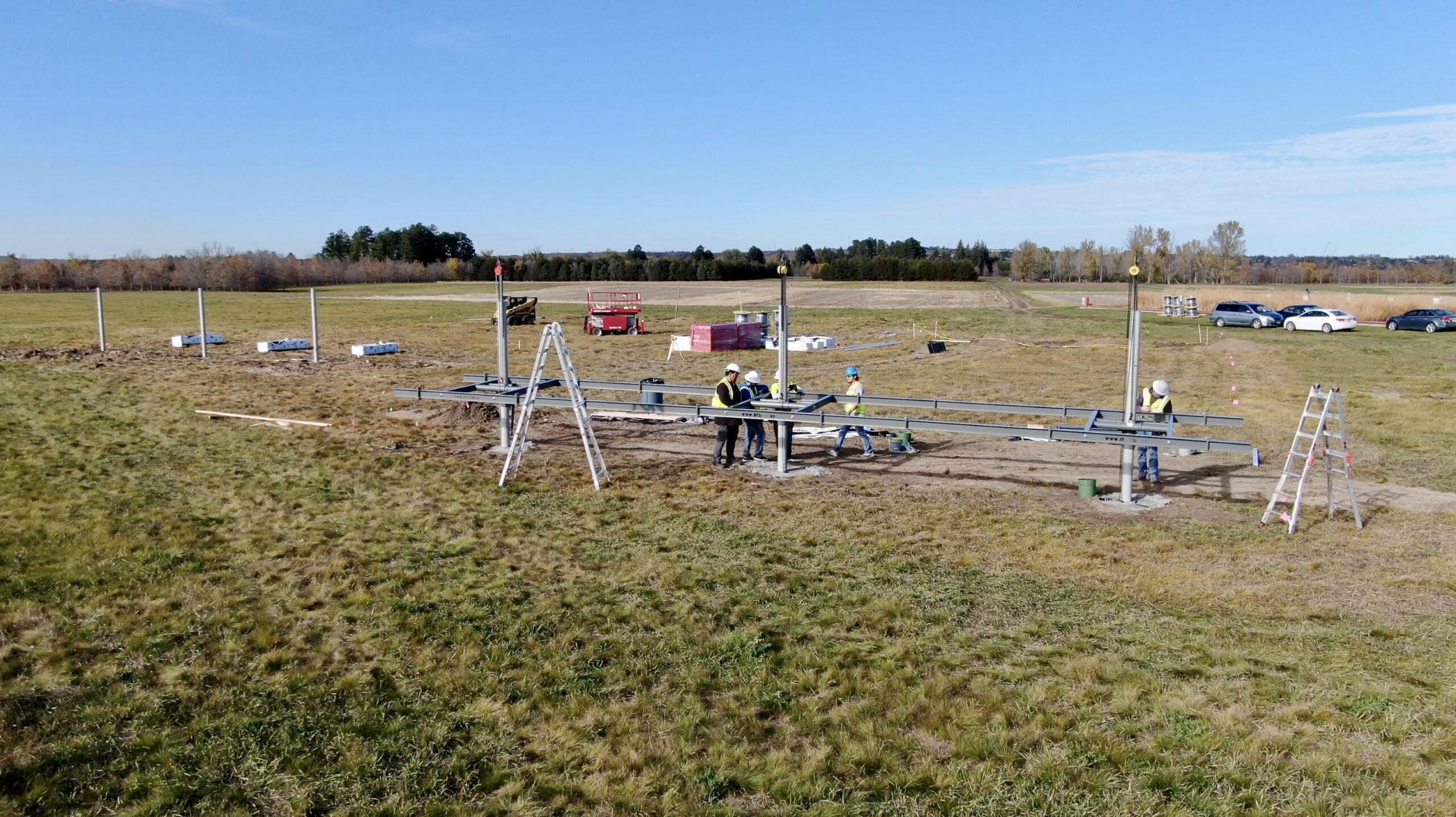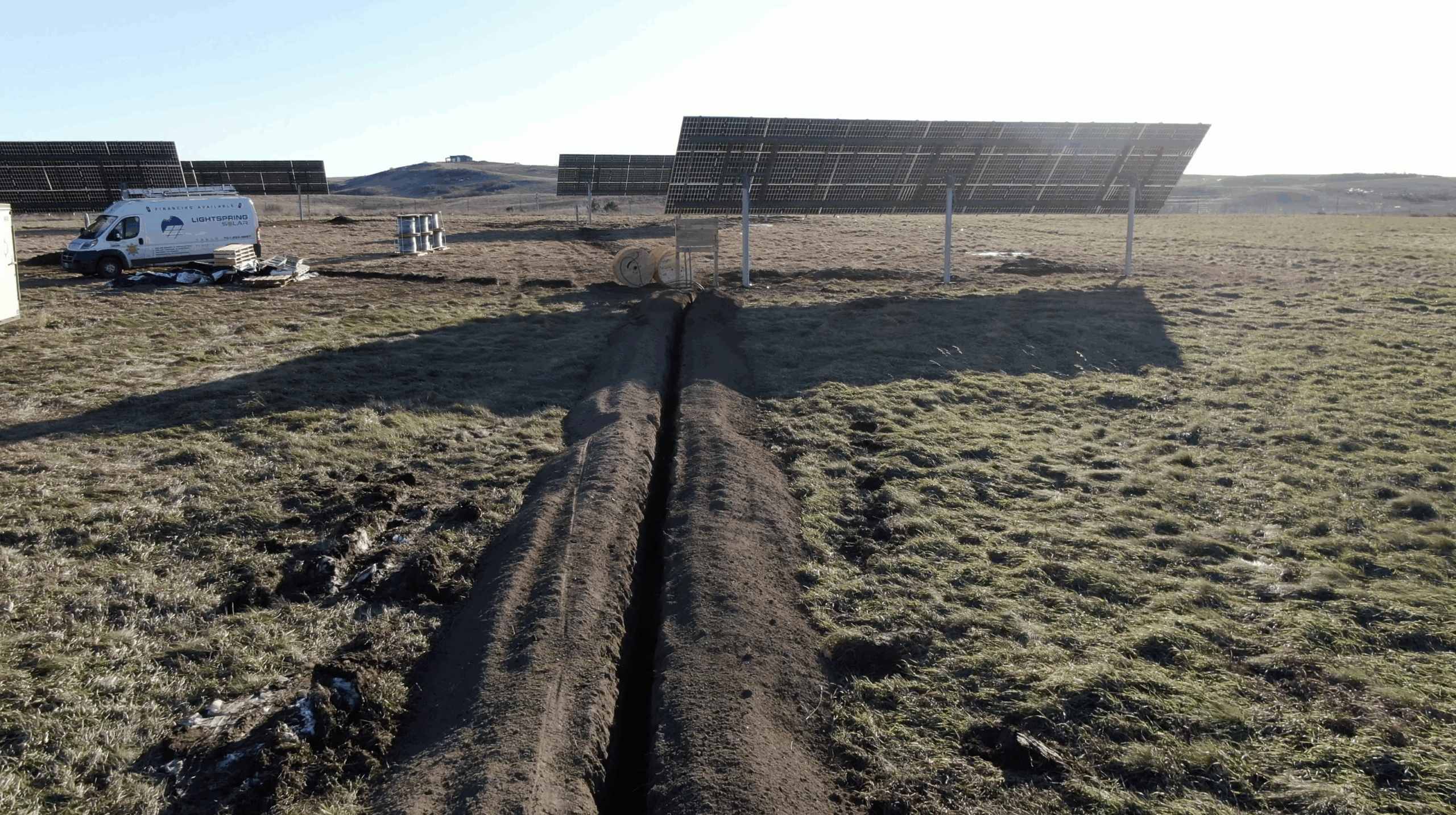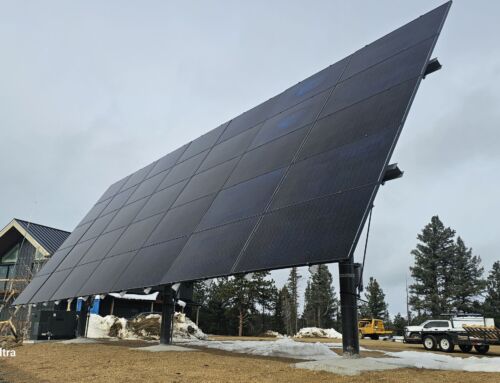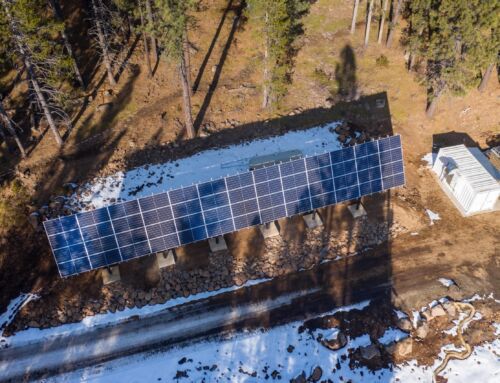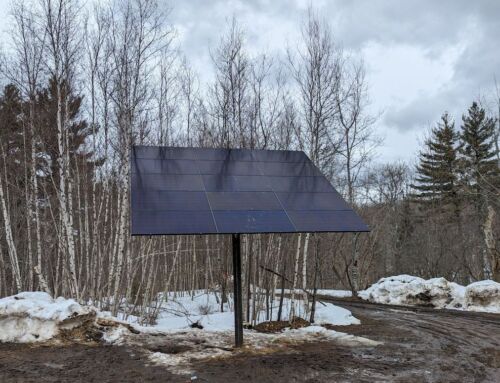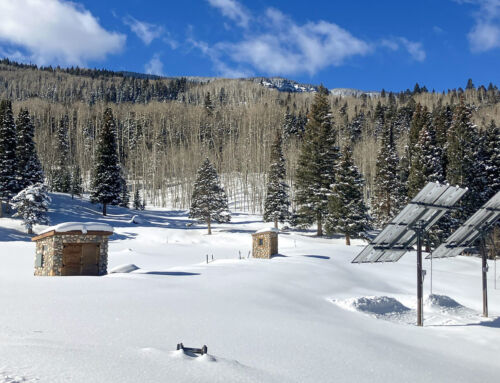The Northern Great Plains Research Laboratory in Mandan, ND is the site of various USDA research projects, including those testing the possibilities of more sustainable, adaptive, and productive agriculture.
As part of these objectives, the laboratory has recently added solar mounts to test their use and effects on farm and range land. Soil moisture, plant protein quality, and other variables will be measured through a checkerboard configuration of solar mounts, which will put solar-mount shaded ground and full-sun control groups side-by-side. The resulting research could help define standards for more productive agrivoltaics systems, especially those in northern climates.
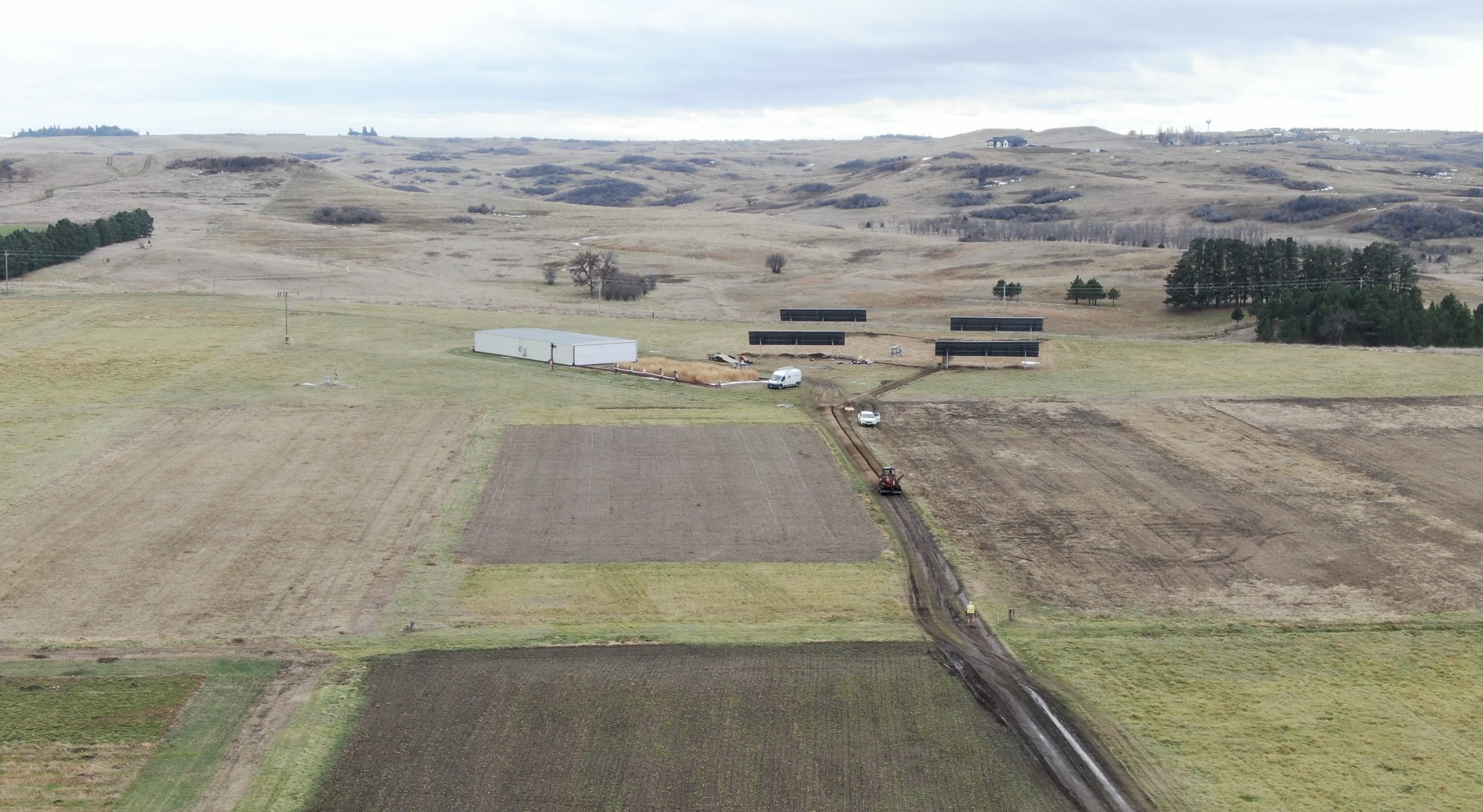
Located on the North Dakota plains, this agrivoltaics installation needed to accommodate various research and farming requirements while also providing resistance the region's weather extremes.
Solar Racking to Suit Research Goals and Site Demands
To implement the solar portion of the project, Northern Great Plains Research Laboratory contacted Bismarck, ND-based solar designer and installer Lightspring Solar to identify the most suitable racking for the research goals. There were numerous critical factors to accommodate, including maximizing accessibility and retaining ideal growing conditions of the ground below. Minimal points of contact and soil preservation needed to be ensured. The solar racking also had to provide enough clearance for tractors to move freely without any safety concerns for the equipment, operators, and PV system.
Adjustability was another vital capability. Changing the position of the solar arrays needed to be quick and easy. Researchers wanted the ability to tilt the mount and optimize energy production for the season, but they also wanted the option to fully flatten the arrays and gain maximum clearance for ground and module maintenance. Even with a full range of adjustability, the system had to be configured so that any shadows cast by the arrays would not reach the adjacent, full-sun control area, regardless of the nearest mount’s tilt angle and time of day.
As with any ground solar system, proportional endurance for the local climate had to be confirmed. The system would need to withstand the high speed and uninterrupted winds that are a fact of life on North Dakota’s plains. Outside of environmental forces, system integrity was essential for versatility. With the project’s later objectives including the introduction of cattle and evaluating the site as an experimental grazing space, the system had to be fully compatible with large livestock.
Pairing Sun and Shade for Agrivoltaics Insights
After assessing these and other requirements, Lightspring Solar recommended MT Solar’s top-of-pole mounts as the racking option best equipped to meet all the project parameters. They designed a fully off-grid system consisting of four ground mounts, each of which supports a 21-module array and sits on three poles embedded into round foundations. The mounts are staggered to create the checkerboard arrangement, ensuring that the full-sun control portions of the field are never obstructed by shadows cast by the nearest mount, even when positioned at the steepest tilt.
Lightspring Solar completed the installation in 2023, enabling researchers to seed the ground that same year. Ground preparation, maintenance, and monitoring could easily proceed thanks to each mount’s ample ground clearance. Throughout 2024, the researchers recorded soil moisture and vegetation quality on both the mount-shaded and full-sun plots. The addition of cattle for evaluating grazing behavior and livestock health is slated for later in 2025.
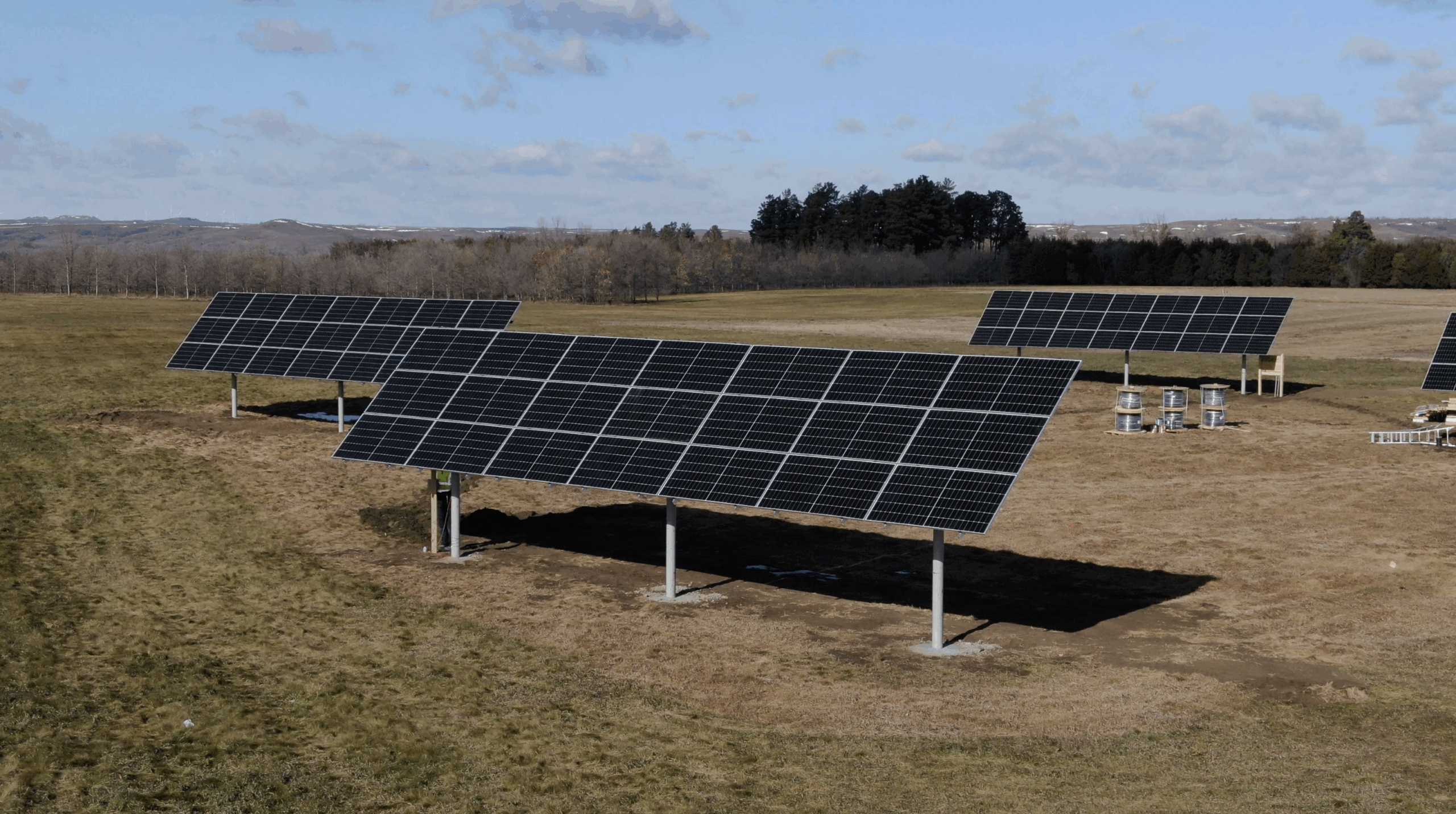
The staggered arrangement of the mounts create side-by-side testing and control plots for ongoing agrivoltaics research.
| Array Specifications | ||
|---|---|---|
| System Size | 84 modules | |
| Array Configuration | 3 rows x 7 columns | |
| Ground Clearance | 6 feet | |
| Snow Load | 35 PSF | |
| Wind Load | 105 MPH | |
| Tilt | Seasonally adjustable for optimized production | |
| Foundation | 36 inch round, 8 feet deep, Concrete embedded | |
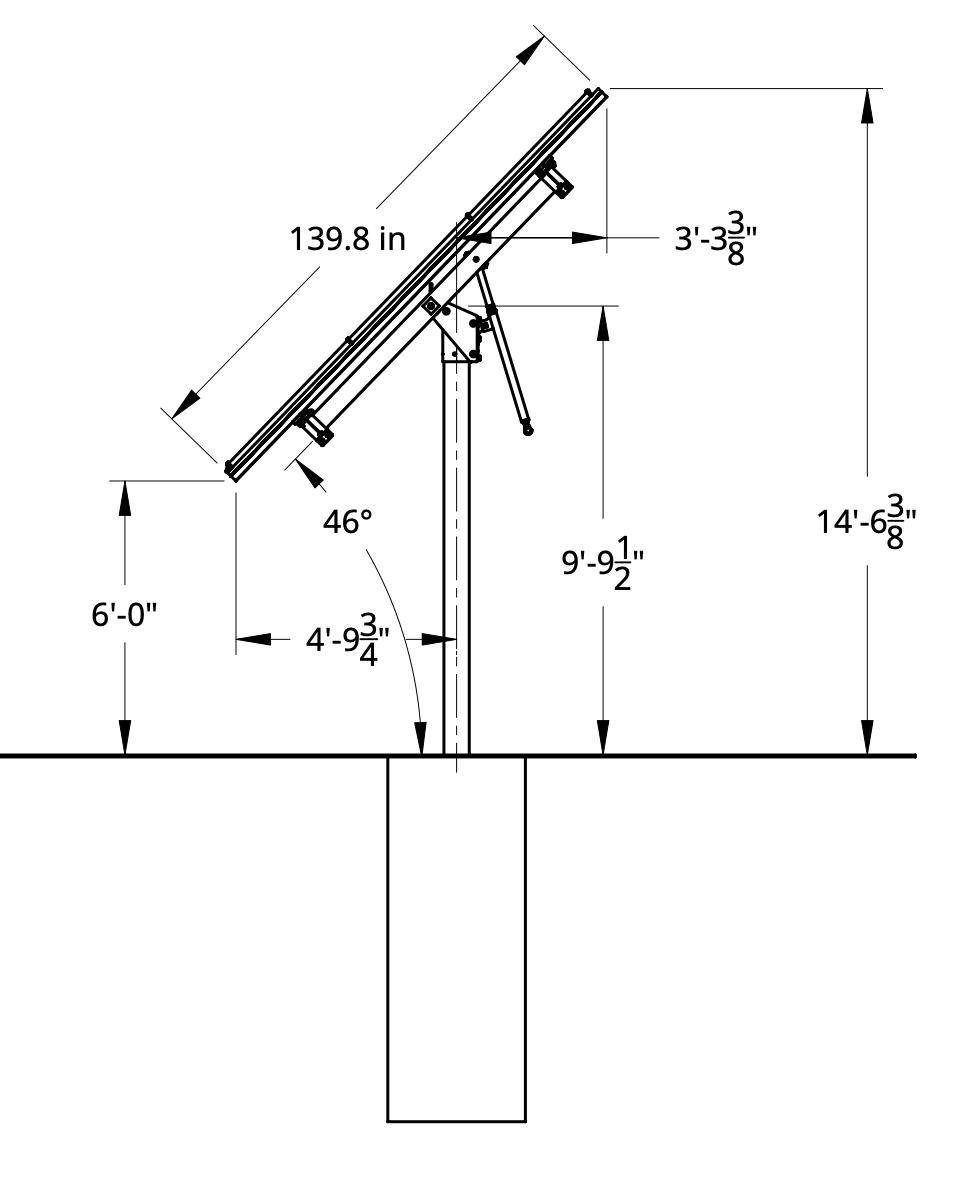
A “Future-Proof” Approach for Ongoing Research Possibilities
By facilitating ground usability and minimizing upkeep requirements, the solar mounts at USDA’s Northern Great Plains Research Laboratory accommodate growing project modifications. Even as the objectives and scope of research might change, the facility’s system will adapt. Taking a “future-proof” approach during the planning stages and choosing solar racking that accommodates this goal opens up numerous possibilities. We’re eager to see what comes next and how projects like this will continue to lay the groundwork for new agrivoltaics standards.
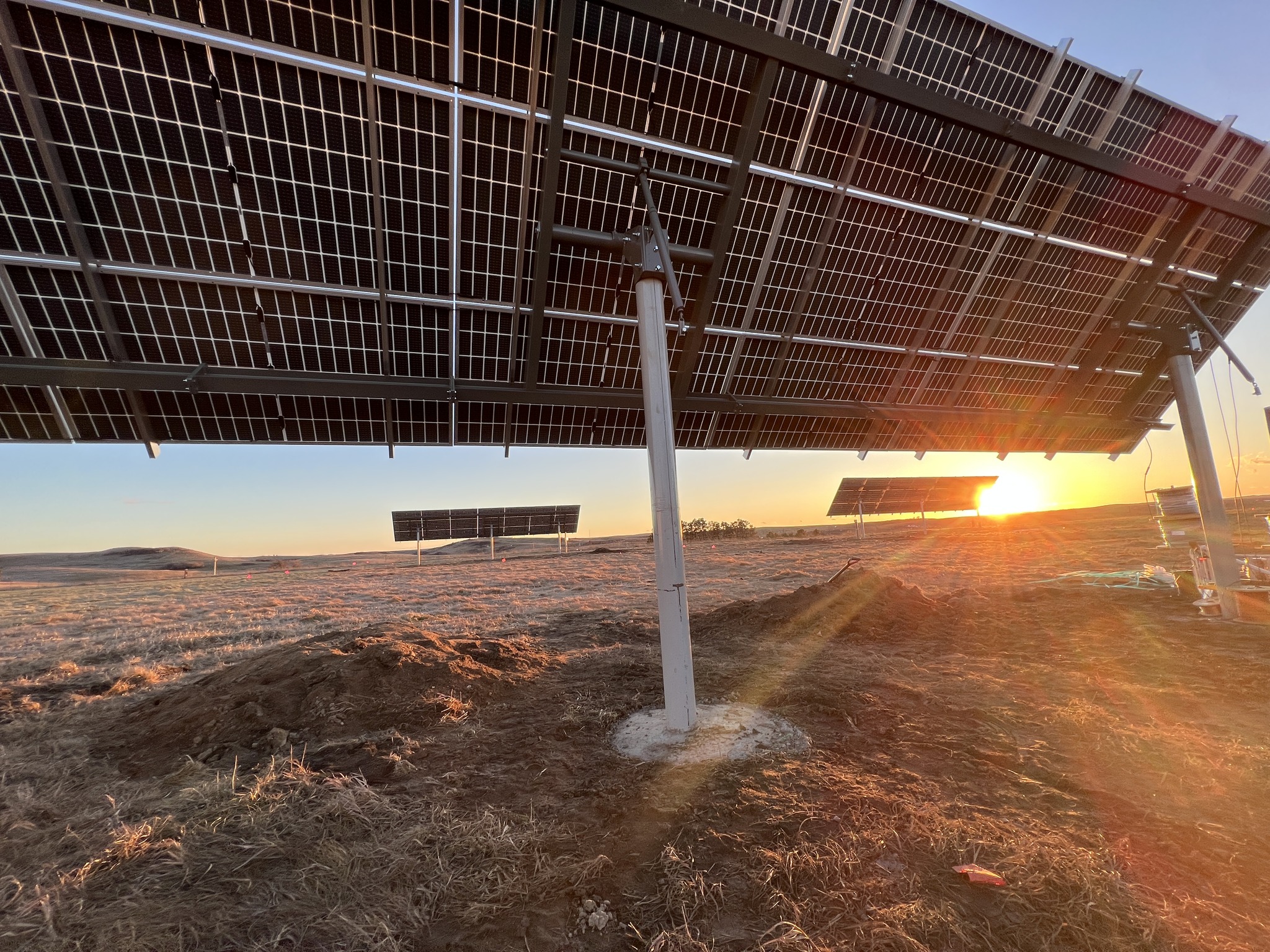
Do you have a project you’d like to share?
Submit your MT Solar install story here, and we’ll help you tell the world about it.


